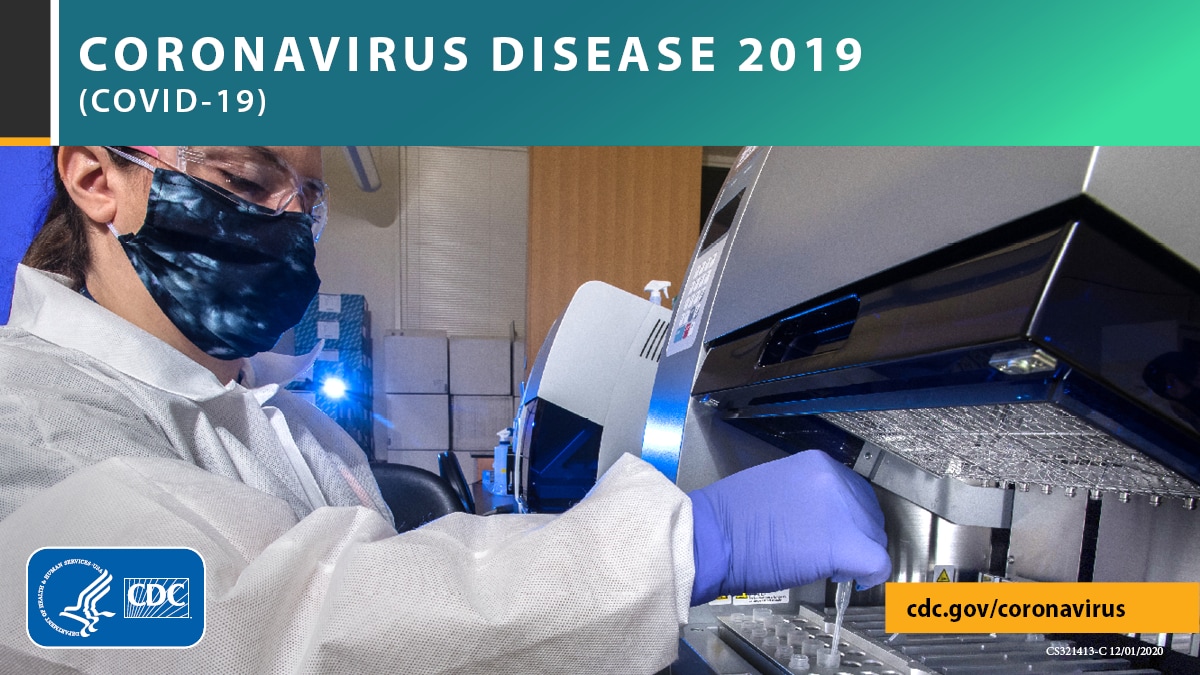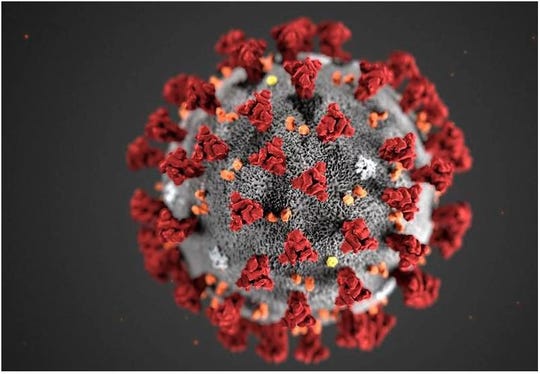Guidance for General Laboratory Safety Practices during the COVID-19 Pandemic
Written by COVID-19 NEWS on August 18, 2021

Summary of Recent Changes
Key Points
General Guidance
This guidance is to address the general safety concerns of laboratory personnel during the COVID-19 pandemic. All laboratories should perform site- and activity-specific risk assessments to determine the most appropriate safety measures to implement for particular circumstances. In addition, facilities should adhere to local policies and procedures as well as all applicable federal, state, and local regulations and public health guidelines.
Risk assessments should include the following considerations:
- Fully vaccinated staff should wear a face mask when in an area with potential risk of substantial or high transmission of COVID-19.This helps protect staff from the Delta variant and prevents spreading it to others.
- If staff are unvaccinated or not fully vaccinated, they should
- Wear face masks.
- Physically distance at least 6 feet apart from others.
- Analyze the number of people that the laboratory space can realistically and safely accommodate.
- Assess the flow of personnel traffic. Where possible, design one-way paths for staff to walk through the laboratory space.
- To ensure clean surfaces and equipment for all users, assess procedures for cleaning and sanitizing commonly shared equipment and areas (for example, counters, benchtops, and desks).
- Review emergency communication and operational plans, including how to protect staff at higher risk for severe illness from COVID-19.
Every institution should have a COVID-19 health and safety plan to protect employees. This plan should be shared with all staff. Ideally, this plan would:
- Describe steps to help prevent the spread of COVID-19 if an employee is sick.
- Instruct sick employees to stay home and not return to work until the criteria to discontinue home isolation are met in consultation with healthcare providers and state and local health departments.
- Provide information on whom employees should contact if they become sick.
- Implement flexible sick leave and supportive policies and practices. If sick leave is not offered to some or all employees, the institution should consider implementing emergency sick leave policies.
- Designate someone to be responsible for responding to employees’ COVID-19 concerns. Employees should know who this person is and how to contact this person at all times.
- Provide employees with accurate information about COVID-19, how it spreads, and the risk of exposure.
- Reinforce training on proper handwashing practices and other routine infection control precautions to help prevent the spread of many diseases, including COVID-19.
Ensure that employees have access to personal protective equipment (PPE); disinfectant products that meet the EPA’s criteria for use against SARS-CoV-2external icon; and soap, clean running water, and drying materials for handwashing, or alcohol-based hand sanitizers that contain at least 60% ethanol or 70% isopropanol.
Face Masks
Staff who are fully vaccinated
Fully vaccinated staff should wear face masks when in an area of substantial or high transmission of COVID-19. This helps protect staff from the Delta variant and prevents spreading it to others. Fully vaccinated staff might choose to wear a mask regardless of the level of transmission, particularly if they are immunocompromised or at increased risk for severe disease from COVID-19. They may also choose to wear a mask if they have someone in their household who is immunocompromised, at increased risk of severe disease, or not fully vaccinated. Staff should continue to wear a mask where required by laws, rules, regulations, or local guidance.
Staff who are not fully vaccinated
CDC recommends staff who are unvaccinated or not fully vaccinated wear face masks and physically distance, especially when indoors around people who don’t live in your household. This includes office spaces, computer workstations, and break rooms. However, wearing a mask is not a substitute for physical distancing. In general, employees who are not fully vaccinated should wear a face mask in laboratory spaces that do not have requirements for respiratory PPE and where other physical distancing measures are difficult to maintain.
Any face mask worn inside a laboratory area where personnel works with potentially infectious material should subsequently not be worn outside of that laboratory area. Laboratory PPE are critical supplies, and employees should refrain from removing them from the laboratory for general use. Site- and activity-specific risk assessments, as well as available resources, should determine where specific facial protection, such as disposable masks, should be used and how to dispose of them. These face masks should not be used in place of recommended personal protective equipment (PPE).
- Face masks are not intended to protect those who wear them from any biological or chemical agent handled in the laboratory and are not considered laboratory PPE.
- All staff should follow established PPE requirements for working in laboratory spaces.
Staff should wash their hands before putting on face masks and minimize mask removal while in the laboratory. The guidance below describes how to remove a face mask and replace it with a clean face mask:
- Remove the face mask carefully.
- Be careful not to touch eyes, nose, or mouth when removing the face mask.
- Untie the strings behind the head or stretch the ear loops.
- Handle only by the ear loops or ties.
- Place reusable cloth masks in a bag, and close the bag until it can be washed.
- Wash cloth face masks frequently.
- Wash hands immediately after removing.
Depending on the facility’s design or configuration, additional physical barriers, such as a face shield, plexiglass, partition, or plastic barriers, may be needed to achieve physical distancing goals in settings with unvaccinated staff or staff who are not fully vaccinated.
Personal Hygiene and Disinfection
As more workers return to the laboratory, extra measures may be needed to ensure a clean and appropriate environment. Reevaluate current protocols for cleaning, use of PPE, and handwashing. High-touch surfaces and equipment present a higher probability of contamination in the work area and should be disinfected frequently. Increasing the number of available cleaning supplies and distributing them throughout the laboratory can encourage staff to clean surfaces and equipment more frequently.
Use visual reminders, such as posters displayed throughout the laboratory environment, common areas, and restrooms to emphasize the importance of hand hygiene and to encourage frequent handwashing. Hands should be washed regularly with soap and water for at least 20 seconds. An alcohol-based hand sanitizer containing at least 60% ethanol or 70% isopropanol can be used when soap and water are unavailable. For more information, see CDC’s Hand Hygiene Recommendations.
For additional information, refer to the following:
OSHA information for all employers and workers:
CDC COVID-19 resources:
CDC Laboratory Safety Resources






